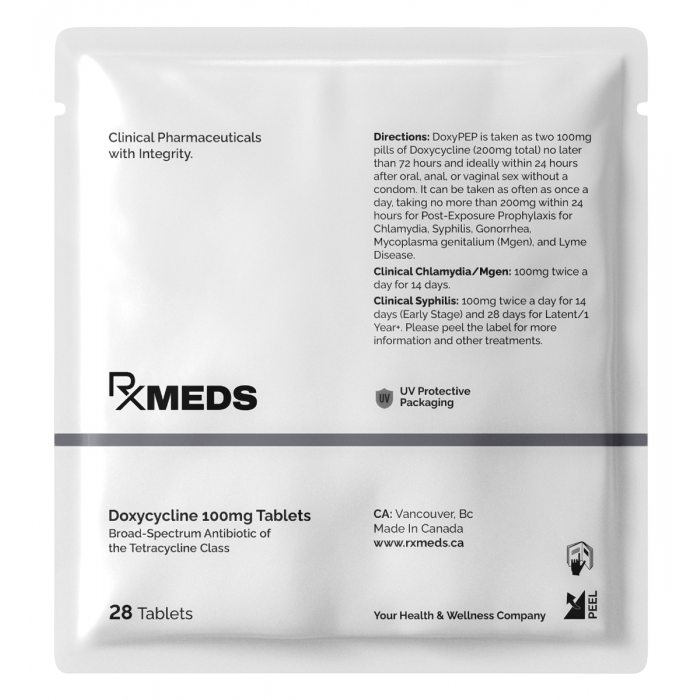 |
|
5 Customer Review
I’m thrilled with the results of this product! My Metformin arrived incredibly fast, the discreet packaging was perfect!
Checkout using your account
Checkout as a new customer
Creating an account has many benefits:

In stock
Q fever is a bacterial infection caused by Coxiella burnetii that primarily affects the lungs, liver, heart, and other parts of the body. The bacteria are commonly found in livestock such as cattle, sheep, and goats. People typically contract Q fever through inhalation of contaminated particles, often in agricultural settings. Symptoms can range from mild flu-like signs to severe complications, especially if left untreated. Chronic Q fever can be particularly dangerous, leading to serious issues such as endocarditis, a condition that affects the heart valves.
The treatment for Q fever generally involves antibiotic therapy, with doxycycline being the primary medication prescribed. This antibiotic is effective at inhibiting bacterial growth, allowing the immune system to manage and clear the infection. For those unable to take doxycycline, or in cases requiring alternative treatments, medications such as minocycline may also be prescribed. In cases of acute Q fever, prompt treatment with antibiotics is crucial, as it reduces the risk of progressing to a chronic infection. For chronic Q fever, a combination of doxycycline with other antibiotics (like hydroxychloroquine) may be used over a prolonged period to manage symptoms and prevent severe outcomes. The choice of medication and dosage may vary depending on individual health factors, severity of infection, and other medical considerations.
It’s important to note that doxycycline and related medications carry certain risks for pregnant women due to their classification as Category D, meaning there is evidence of risk to the fetus. For this reason, healthcare providers exercise caution and assess the risks and benefits of antibiotic therapy for pregnant patients.
The usual dosage for adults is doxycycline 100 mg taken orally twice daily for 14 days. Treatment should begin as soon as possible after diagnosis to prevent complications.
For chronic cases, the treatment may involve doxycycline 100 mg twice daily combined with hydroxychloroquine 200 mg three times daily. This treatment can last for 18–24 months, depending on the patient's response and the severity of infection. Chronic treatment duration is longer to ensure thorough eradication of the bacteria and reduce the risk of relapse.
Always consult a healthcare provider to confirm the appropriate dosage and duration, as individual health conditions and potential contraindications may influence treatment decisions.